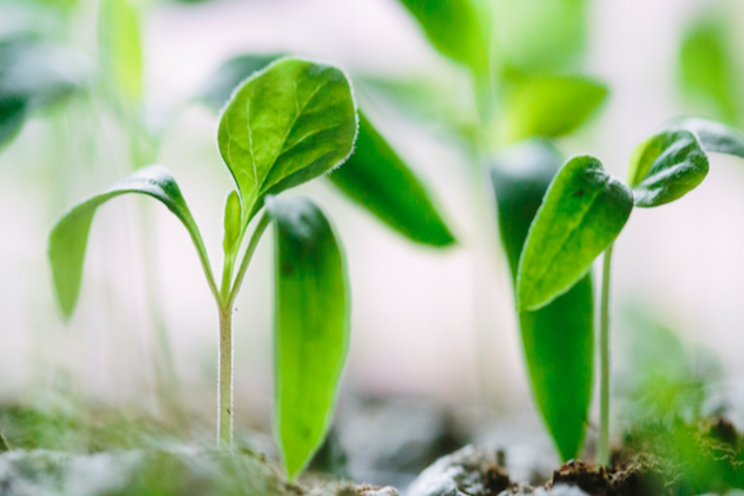Evaluation of a new generation of coated fertilizers
Added on 18 June 2021

Two hours after application, Urea released 34% more urea than Biodrix N, the difference disappearing after one day. The leaching of cumulative ammonium nitrogen after 20 days was reduced by 40% and 26%, respectively, by Aminaex and Biodrix N compared to Urea. In a peat-based substrate containing 30% (v/v) of compost, the cumulative nitrate leaching was reduced by 54% by Biodrix N and by 41% by Aminaex compared to Urea. The highest average N2O flux was observed on the first day for Urea, whereas for Aminaex and Biodrix N, N2O emissions increased on the third day, reaching a peak of efflux on day 10.
A 10-day delay of the N2O efflux emissions and a longer period of emissions were observed in treatments containing Aminaex and Biodrix N compared to Urea. Cumulative N2O efflux was 142, 154, and 171 mg m?2, respectively, for Urea, Aminaex, and Biodrix N over a 20-day period. These new biodegradable polymer-coated nitrogen fertilizers can reduce mineral nutrient leaching in the event of heavy rainfall and lower maximum N2O emissions in comparison with conventional nitrogen sources.
Read the complete article at MDPI >>
Photo by Francesco Gallarotti on Unsplash
Source: MDPI
More news















